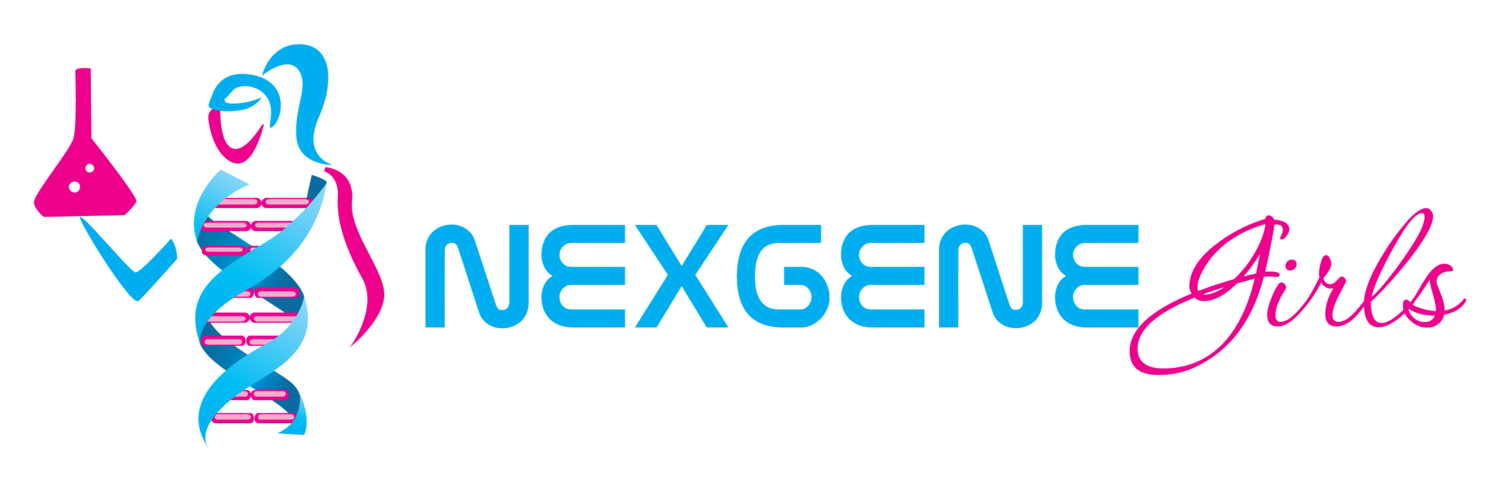By Marlena Jackson
Our participants do lots of fun experiments to give them the basic knowledge to progress in the STEM science field. Acids and Bases are some of the more fundamental concepts in science and we try to give our kids as much exposure to as many experiments as we can that tackle these concepts.
Most substances you see will generally either have an acid or base but what is an acid? What is a base? There are four prevailing definitions used to evaluate whether materials are acids or bases. The definition do not contradict each other but some are more inclusive than others.
The Svante Arrhenius (Sweden) definition (1884)
- An acid is a material that can release a proton or hydrogen ion (H +). Hydrogen chloride in water solution ionizes and becomes hydrogen ions and chloride ions.
- A base, or alkali, is a material that can donate a hydroxide ion (OH-). Sodium hydroxide in water solution becomes sodium ions and hydroxide ions.
The Thomas Lowry (England) and J.N. Brønsted (Denmark) definitions (independently reached in 1923)
- An acid is a material that donates a proton
- A base is a material that can accept a proton.
Was Arrhenius erroneous? No. The Arrhenius definition serves well for a limited use. We are going to use the Arrhenius definitions most of the time.
The Lowry- Brønsted definition
- Every ion dissociation that involves a hydrogen or hydroxide ion could be considered an acid-base reaction.
The G.N. Lewis (1923)
- Acids are electron pair acceptors and bases are electron pair donors.
source: chemtutor.com

